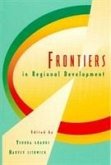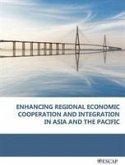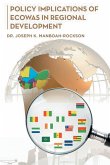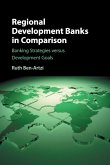Regional Technology-Based Economic Development: Policies and Impacts in the U.S. and Other Economies describes the economic rationales, policy elements, implementation mechanisms, and expected economic impacts of "technology-based economic development" (TBED) strategies that are being pursued in almost all 50 states within the U.S. economy. Once the dominant leader in the development and commercialization of technology, the United States has failed to respond to this globalization trend with comprehensive TBED strategies. At the national level, a comprehensive "innovation policy" structure does not exist. This situation has left state governments with the daunting task of constructing and implementing their own TBED strategies. Such efforts are rapidly expanding, but with uneven results due to the difficulty in developing and managing the set of instruments comprising the required policy ecosystem. Section 1 assesses the economic trends that provide the rationales for the range of policy initiatives occurring at the state level. In section 2, individual policy mechanisms and options for their integration into a holistic TBED ecosystem are described and critiqued. Section 3 describes similar TBED investment efforts in European and Asian economies. Distinct differences in the structure of and relative emphasis on individual policy tools are analyzed relative to U.S. trends.
Hinweis: Dieser Artikel kann nur an eine deutsche Lieferadresse ausgeliefert werden.
Hinweis: Dieser Artikel kann nur an eine deutsche Lieferadresse ausgeliefert werden.








